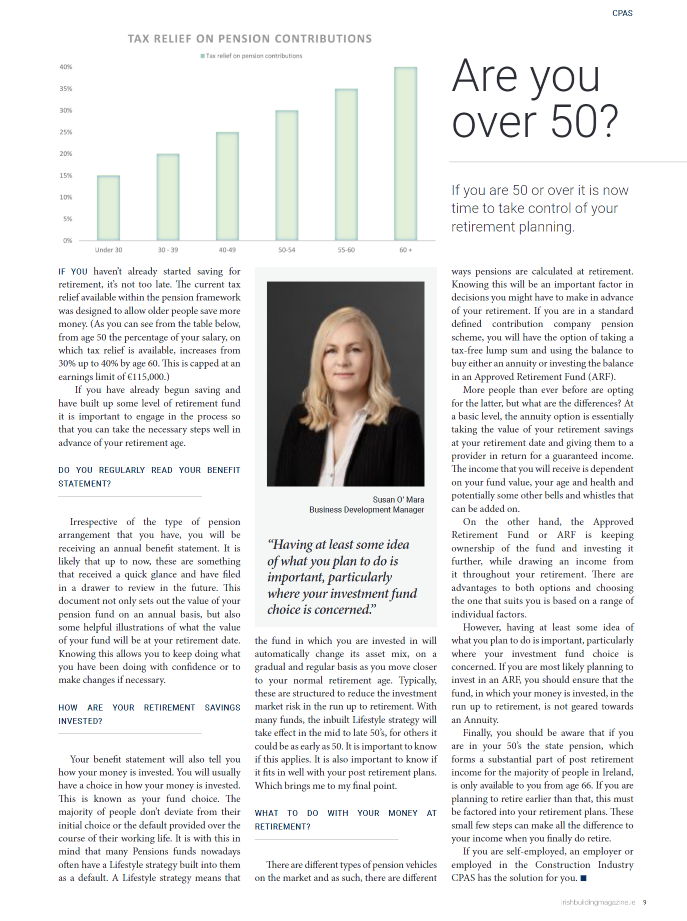Our staff writer at CPAS explores one of the avenues. Retirees often see retirement as a destination when it is in fact a turning point to the beginning of a new life journey. In today’s world, where people are living longer, there are more opportunities than ever for retirees to enjoy life, pursue their interests, make meaningful contributions and nurture relationships.
As you prepare for retirement, it is crucial to map these key lifestyle factors:
What legacy are you building?
Planning for retirement provides an excellent means to create a legacy that lasts. It offers financial security for loved ones and is tax-efficient. Legacy building is not necessarily about leaving behind monetary assets. It can consist of passing down a family’s history, values, or heirlooms to the next generation, or it could involve drafting a will, selecting beneficiaries, or contributing to charitable causes. The important part is understanding the type of legacy the individual wishes to leave.
Do you have goals, dreams, and aspirations?
Driven retirees who set specific goals experience a renewed sense of purpose and direction. By establishing long-term objectives, individuals are encouraged to take decisive actions over an extended period. It is about developing a plan that motivates retirees to make choices, track their progress, and have something to look forward to. Reflection on the transition and envisioning the next phase of life, encompassing both financial and non-financial goals, is essential.
What is your relationship with money?
Your relationship with money profoundly affects your ability to build up wealth and savings for retirement. Unlike when they were working, retirees no longer have the luxury of time. It is therefore important to explore financial habits and attitudes that may subconsciously influence decision-making. Recognising this connection with money and addressing any barriers is critical.
Are you ready to navigate the lifestyle transition?
Retirement is a significant life journey transition. It requires retirees to find purpose in the next phase of life. This transition is often a solo journey. Financial advisors play a crucial role in helping retirees set new goals, manage their emotions, and redefine their identities. Together, they plan for a joyful and exciting transition into the post-work years.
Pit stop
If you take these factors into consideration and incorporate Additional Voluntary Contributions (AVCs), you will top up your pension savings and benefit from valuable tax relief. AVCs are a smart, tax-efficient way of saving for retirement. Relief from income tax on AVCs is allowed at a marginal rate. If you’re taxed at 40%, an AVC contribution of €100 will only cost you €60 net and €100 will be credited to your pension account. Should you be taxed at 20%, a €100 contribution will only cost you €80 net and €100 goes into your pension arrangement. Ensure a financially secure and fulfilling retirement journey; our team at CPAS will be delighted to guide you. For further information, visit https://cpas.ie/avc, or please contact us at (01) 407 1400 or by email at info@cpas.ie. For the latest updates, subscribe to our newsletter here.





